
As video games get bigger and better with each passing year, the demand for external partners that can act as an extension of game development studios is becoming more critical than ever. No where is this more vital than in art asset production. The world’s biggest gaming brands are seeking solutions to support everything from 2D design to 3D production, outsourcing art to trusted partners, and allowing developers to better focus their efforts on creating game content.
At Liquid Development, a Keywords Studio, we’ve worked on some of the biggest and best titles in the industry for the past twenty years. From the Halo series to the Borderlands series, we’ve owned art pipelines on genre defining triple-As.
As production director, I can tell you from experience that outsourcing art is far more than a production pipeline. Outsourcing means establishing a relationship between the internal team and ourselves. It means ensuring that everyone’s on board working towards the same goal. We strive to be a co-developer, a partner of an internal team’s vision, on every project we are part of, in all aspects of development.
The fine art of visual development
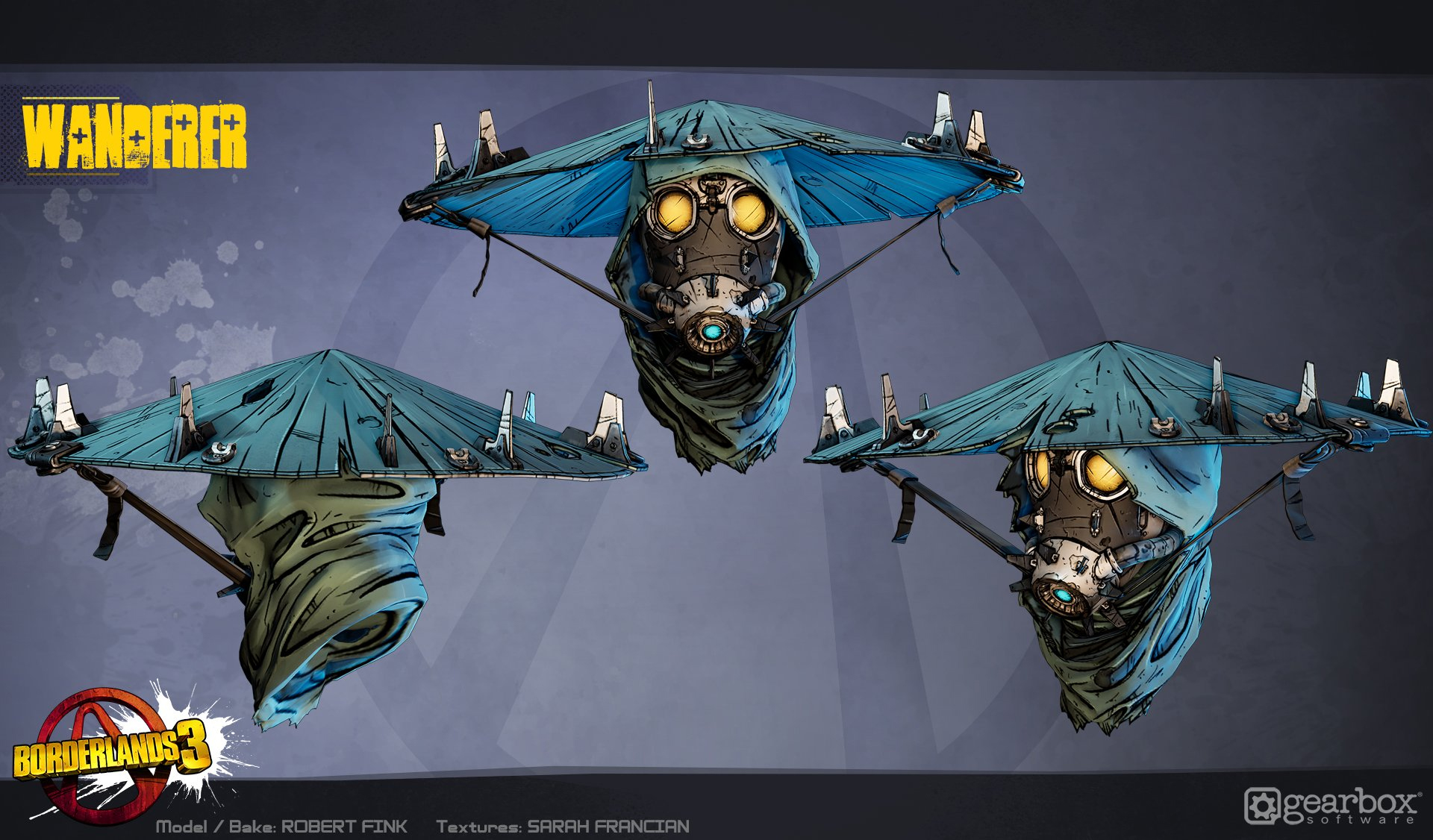
Let’s start at the beginning with visual development, sometimes called look-dev. Put simply, visual development is setting the tone and art style of a game. This can take the form of establishing shaders for hero VFX, constructing a beauty corner for a world’s biome, or designing the style of primary characters. It’s something a lot of teams do internally, as they are deciding the final look and goals of the project from its conception. With the right partner and a long term trusting relationship, some teams decide to do this beside an outsourcer.
When Borderlands was first being developed, we worked beside the team on implementing their unique visual style. Having previewed an early version of Borderlands, Gearbox was concerned that its gritty aesthetic would struggle to stand out in a market crowded with similar content, and made the bold decision to pivot at this very late stage to a more colourful, hand-inked look.
But the schedule was tight, and to hit crucial release deadlines they needed a partner they knew they could trust. Our work beside Gearbox helped to ensure that the game was shipped and helped shape the brand defining style that Borderlands is known for today - a great example of how outsourcing art can help define a brand’s visual style.
How to approach 3D modelling
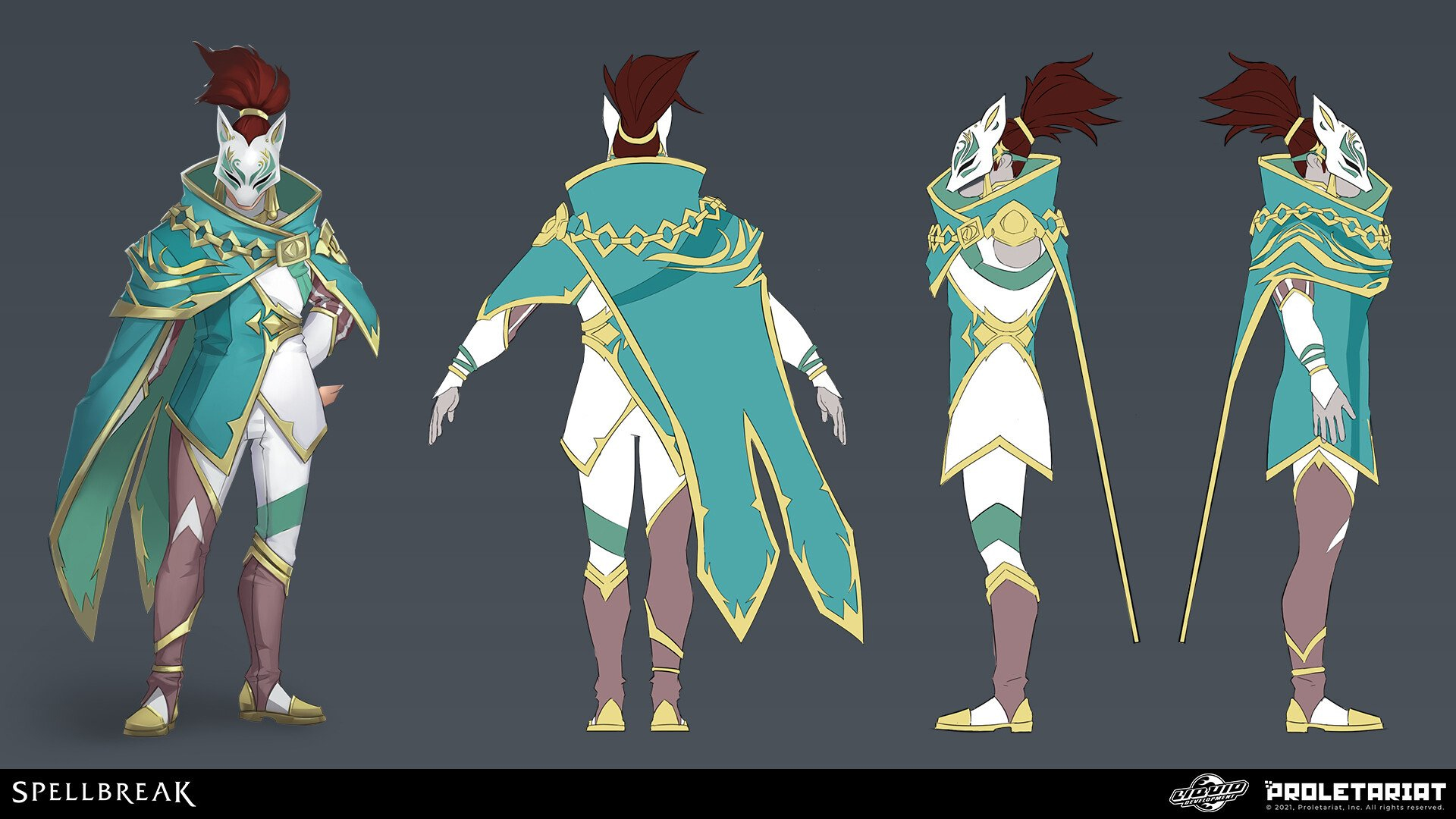
Once the visual design is established, assets and 3D models can be created in line with the visual development’s already established tone and style. Outsourcing work on this can take many different forms, from helping ideate assets that would be enjoyable for players to the creation of already established concepts. After concepts have been created, the 3D modellers will then build these assets and integrate them into the engine.
Our work on Halo 4, Halo 5: Guardians and Halo Infinite stretches across all the pipelines, but particularly 3D modelling. For Halo 5: Guardians in particular, our work involved curating a wide range of 3D models. From assets for the environment and props for levels for the main campaign and multiplayer maps, to Spartan armour production.
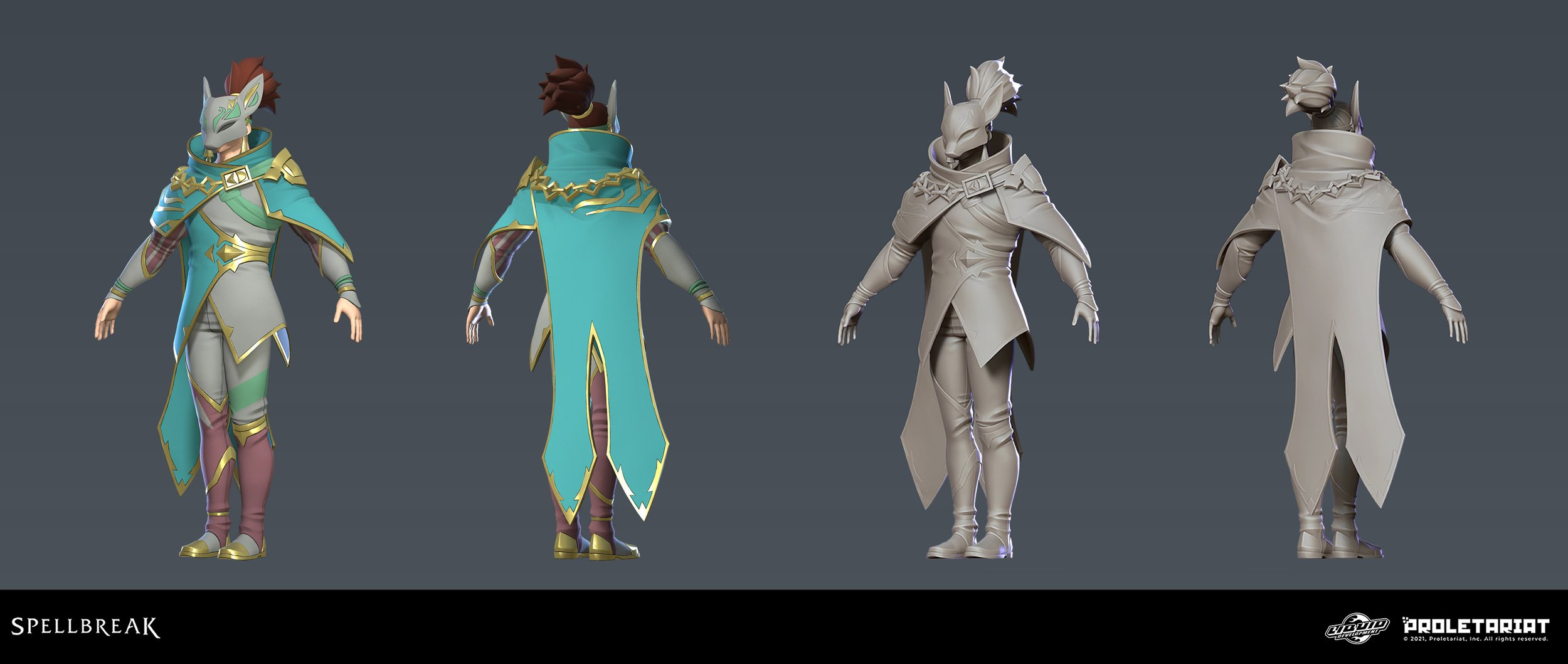
Creating 30 different armours set for the multiplayer experience involved both taking Halo 4 armours and upping the resolution, as well as creating many brand new armours to suit the game’s visual style. We also collaborated with the Weapons Team to create weapon attachments for different tiers within the requisition (REQ) system.
3D modelling work outsourcing helps support high quality work throughout a title, especially when projects may scale up throughout the development process. No production design is carved into stone, and sometimes things change. Having a willing and ready external partner means that teams can always be assured there is support wherever they may need it.
Outsourcing game animation
You’ve got your 3D models, and now they’ll need animating. Most teams have an internal animation team that sets the scope for animation work. This, again, will be in line with that all important visual development tone and style established at the start of the project.
If they aren’t already part of the process, most outsourcing teams come in once this is complete and usually this is once the team has built the rig (the animation framework). Once the rig is established, we can hit the ground running with animation work in line with the team’s overall strategy. Our focus within this pipeline could be on setting the timing and anticipation of the animations, especially for combat animations where timing and anticipation is critical.
Refinement and polishing comes next, lining up any animations to suit the callouts in reference videos or concepts. Once this step is complete, it is integrated into the final build and we would utilise any proprietary tools to lock those animations onto the character in the game.
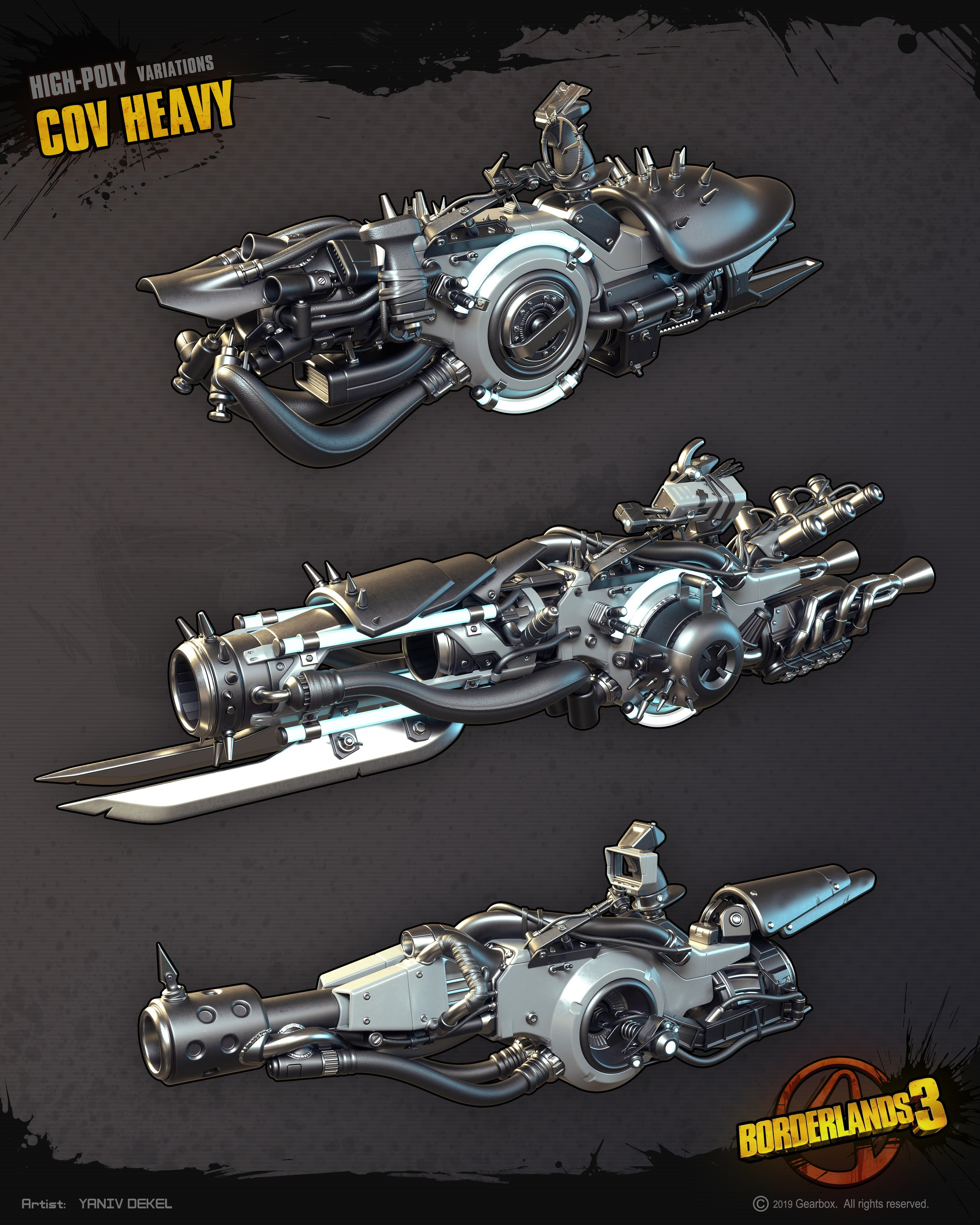
One of the best examples of this was our work with Batman: Arkham Origins, we worked quite extensively with the team at Warner Brothers Montreal to assist with the gameplay combat animations - to ensure they felt smooth and well timed for the player.
Motion capture is also a key player in animations. These days more games are utilising mocap to make everything feel more real. Our work beside Trailer Farm, Lakshya Digital and Mindwalk Studios, all Keywords Studios, on Gearbox Software’s Borderlands 3 trailers utilised motion capture and performance work.
Once the performance is captured, the raw data can be retargeted to body rigs and skinned to character models for mocap clean up, then integrated back into the build, resulting in fluid motion animations for the final trailers.
Additionally, there can be separate facial capture sessions with the voice actors for characters. In this case, the emotion and facial expressions of the actors can be captured by utilizing tools such as Faceware and Mocap X to then follow a similar process as body mocap cleanup, bringing significant efficiency to the pipeline.
Our longstanding work with Gearbox Software meant we could truly be an extension of their team, providing the Keywords Studios involved assets where needed, as we had them on file.
Crafting real-time game cinematics
Real-time cinematics and the animation pipeline are closely tied together. In most cases, performance capture and clean up are for narrative cinematic sequences, and in these sequences, you’re not just controlling the characters, you are telling the story.
Real-time cinematics involves many elements: from animating the camera to follow key beats in the script for immersing the player, to implementing complex VFX, to custom lighting work for setting the atmosphere of a scene, and more.
The work we did on Borderlands 3’s trailers also extends to cinematics as well. Alongside the mo-cap, we had a team fine-tuning the lighting, populating the scenes with world assets, and rendering out sections to splice them together.
Implementing realistic VFX
Moving on to VFX, this is the part of the project where we begin to apply the visual effects to the existing work - such as explosions, weather and lighting.
A good example I can draw from is when we worked on VFX for Skydance’s Walking Dead: Saints and Sinners. We had an embedded team working directly with Skydance’s own developers, working on the lighting around fires and god rays in scenes, as well as blood spatter effects within combat.
Here, software like Houdini was used significantly for generating simulations of fluids and explosions. Those are then baked onto a variety of animated cards or set as particles to get the final effect you see in the game. Although, after making your effect shine visually, you often need to ensure it can trigger without issues, as well as optimising it and testing it to run on multiple platforms the game will be available on.
Working with teams directly on VFX ensures that they have the power to create the level of quality that they are aiming for with their titles in all aspects of the game. Seemingly smaller scope VFX, like lighting and weather, can have huge implications on the atmosphere in game for a player. Having an external team you trust concentrating on creating the perfect ‘backdrop’ for a game’s story ensures that an internal team's concentration can go into creating that perfect narrative experience.
The growing importance of outsourcing
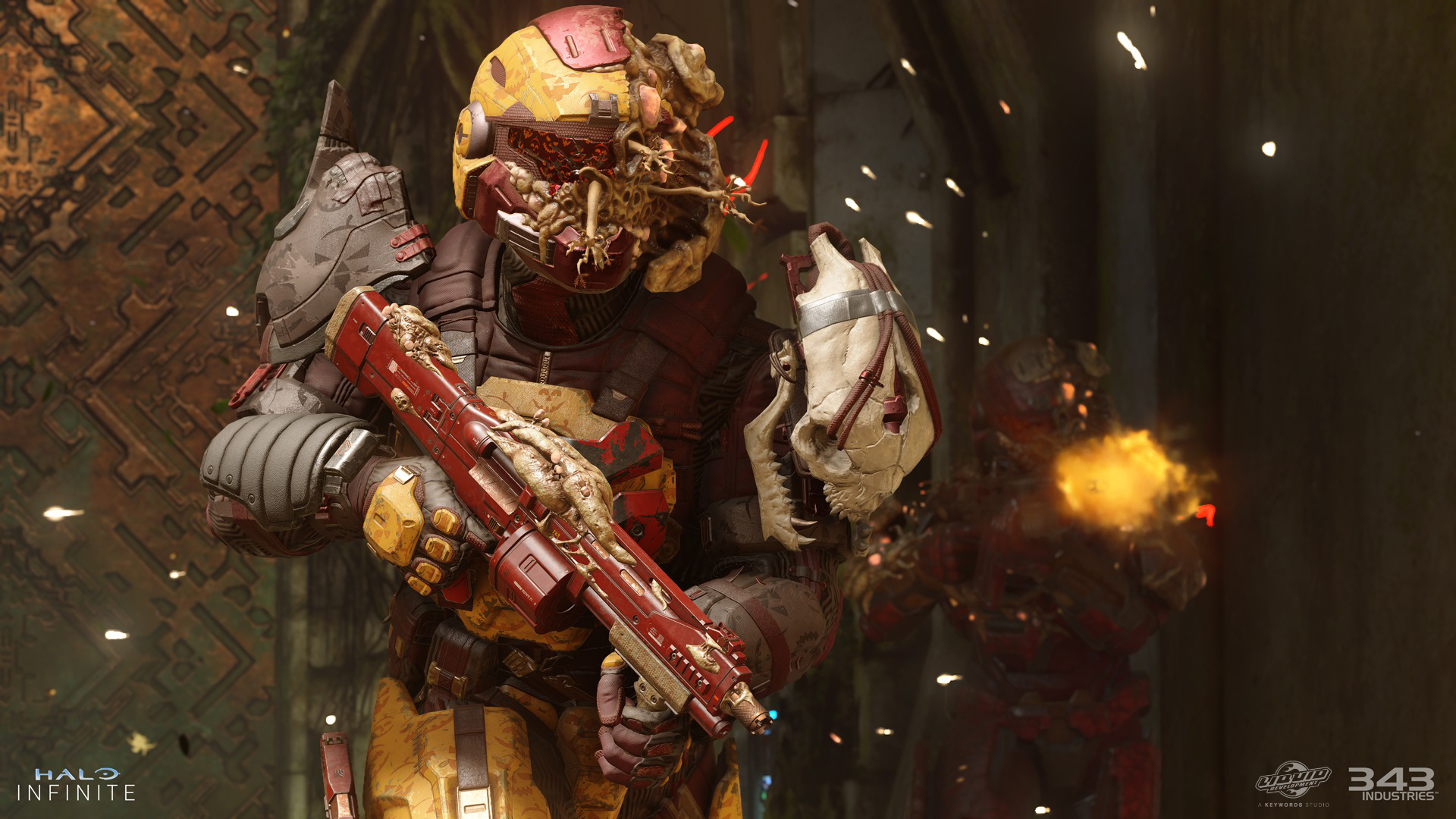
The industry for art outsourcing has changed significantly over the years, especially for video games. With the prevalence of remote work, embedding outsourcers and external developers has become more embraced.
We work directly with studios and their producers, developers and product teams across the globe. We also have the ability to engage with talent from all over the world, too, which is beneficial for clients looking to hire external teams that work within their regions.
Outsourcing art is turning into insourcing. Teams are looking to bring in external teams into their internal ones, to be embedded with them. At Liquid Development, we have knowledge and experience with many of the same tools teams are using today, meaning that outsourcing art is more internal than ever before.
Inspired by Chuck Byas' insights? Then read our guides to the best animation software and the best 3D modelling software to see what's needed to get started in game art.







